
-
Find the right food for your petTake this quiz to see which food may be the best for your furry friend.Find the right food for your petTake this quiz to see which food may be the best for your furry friend.Featured products
 Adult Wet Dog Food with Beef
Adult Wet Dog Food with BeefHill's Science Plan Adult Multipack Wet Dog Food with Chicken, Beef & Turkey are complete premium pet foods for adult dogs from 1 year. Your dog will love these deliciously smooth and savoury minced loaves, formulated for balanced nutrition and overall health.
Shop Now Mature Adult Dog Food
Mature Adult Dog FoodHill's Science Plan Mature Adult Multipack Wet Dog Food with Chicken & Beef are complete premium pet foods for mature adult dogs from 7 years. Your dog will love these deliciously smooth and savoury minced loaves, formulated to deliver the appropriate amount of energy to support the needs of adult dogs.
Shop Now Puppy Food
Puppy FoodHill's Science Plan Puppy Multipack Wet Dog Food with Chicken & Beef are complete premium pet foods for growing puppies from weaning until 1 year old and for pregnant and nursing dogs. Your puppy will love these deliciously smooth and savoury minced loaves, formulated for balanced nutrition and overall health.
Shop NowFeatured products Mature Adult Wet Cat Food with Chicken
Mature Adult Wet Cat Food with Chicken
Tender chicken chunks in gravy for mature adult cats. Made with easy-to-digest ingredients, high-quality protein for lean muscle maintenance and antioxidant vitamins C+E for optimal health.
Shop Now Adult Multipack Wet Cat Food with Beef, Ocean Fish & Chicken
Adult Multipack Wet Cat Food with Beef, Ocean Fish & ChickenTender chunks in gravy for cats, with high-quality protein to maintain lean muscle. With vitamin E and omega-3s & -6s for healthy skin and balanced minerals to support healthy vital organs.
Shop Now Light Adult Multipack Wet Cat Food with Chicken & Ocean Fish
Light Adult Multipack Wet Cat Food with Chicken & Ocean FishTender chicken chunks in gravy for cats, with L-carnitine and fewer calories for ideal weight management. Packed with high-quality protein, omega-6s, and vitamin E for shiny fur and healthy skin.
Shop Now -
Dog
- Dog Tips & Articles
-
Health Category
- Weight
- Food & Environmental Sensitivities
- Urinary
- Digestive
- Joint
- Kidney
-
Life Stage
- Puppy Nutrition
- Adult Nutrition
- Senior Nutrition
Cat- Cat Tips & Articles
-
Health Category
- Weight
- Skin & Food Sensitivities
- Urinary
- Digestive
- Kidney
-
Life Stage
- Kitten Nutrition
- Adult Nutrition
Featured articles Show some love with wet foods: a great choice for pets with health issues
Show some love with wet foods: a great choice for pets with health issuesShow some love with wet foods: a great choice for pets with health issues.
Read More The Incredible Science Behind Your Pet's Microbiome
The Incredible Science Behind Your Pet's MicrobiomeLearn what your pet's microbiome is, how it contributes to your pet's gut and overall health, and why nutrition is important in maintaining healthy microbiomes.
Read More The Right Diet For Your Pet
The Right Diet For Your PetIn people, the right diet is very important. If you are eating the wrong way for your metabolism, activity level, age and lifestyle you could end up with health issues.
Read More -


After weeks or months at home in lockdown, going back to work or school can be difficult for both you and your pet. Your furry friend has probably been enjoying extra snuggles, playtime and maybe even extra snack time!
Knowing how to ease pet separation anxiety can help make this transition easier, especially if you've been quarantining or working from home for an extended period of time. Even the most independent cat or dog will experience some stress while you're gone; they might just hide it well. Here are five tips for how to leave your dog home alone and help your cat cope after you've returned to work or school.
1. Establish a New Schedule
Once you know when you'll go back to work and start up your old routine, it's helpful to establish a new pet routine before you start going out regularly. This helps to ease pet separation anxiety by giving you both time to adjust to the new schedule. You'll have to re-learn how to leave the house for long periods of time, too!
To get started, try a few "fake" exits and entrances. Start your final "goodbye" routine by putting on your jacket, grabbing your coffee and keys and opening the door. Say goodbye to your pet, step out into the hall for a minute or put your backpack in the car, and then go back inside. Brief exits and entrances like this show your pet that when you walk out the door, it doesn't mean you'll always be gone for long stretches of time.
For dogs, the Association of Pet Behaviour Counsellors says that variable schedules can help your pet to cope with the transition from predictable to unpredictable routine.
Teach them to “expect the unexpected” by leaving for, say, one minute the first time, then 12 minutes, then three minutes, so that your pet can’t predict how long you’ll be gone. This will help to lessen the anxiety your dog feels when you are out of the house for those long workdays.
2. Hold Back the Emotions
As a pet parent, this is probably the hardest behaviour change. How can you not make a big fuss over each other every time you come and go? But according to the experts at the Battersea Dogs Home, showering your dog with attention at these particular moments can actually make separation anxiety worse.They recommend leaving with as little fuss as possible, showing your dog that this is normal and nothing to be worried about.When you return, they recommend entering calmly and approaching your pet with gentle praise. 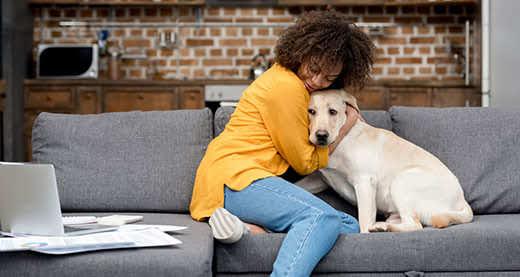 It may sound counter-intuitive to act mellow when you see your fur baby after spending hours apart, but approaching them with a sense of calm keeps their emotions from getting too extreme.
It may sound counter-intuitive to act mellow when you see your fur baby after spending hours apart, but approaching them with a sense of calm keeps their emotions from getting too extreme.
This creates a smoother segue from their quiet hours alone to the sheer happiness at being reunited with their favourite person. Don't worry! After about 20 or 30 minutes, you can play with your pet for as long as you want.


Tasty Tips
Young pets may need several visits in their first year for vaccinations. Adult pets generally benefit from annual check-ups, while senior or special-needs pets might require more frequent visits.
3. Create a New Feeding Schedule
An essential step in learning how to ease pet separation anxiety is to adjust the mealtime routine. When you're home often, it's easy to get into a pet food groove of more frequent feedings and additional snacks. But what happens when you're out and about again?
Because dogs and cats are creatures of habit, abrupt changes in mealtimes can compound stress, so try to ease back into a structured feeding pattern. Generally speaking, dogs’ mealtimes are twice a day — once in the morning and once in the evening. A cat's meal routine depends on how they're fed; cats with self-feeders won't require much change, if any, but cats on a feeding schedule will. As with any changes to a pet's diet, a slow transition is best. Speak with your veterinarian about ways to modify your pet's mealtimes with the least amount of stress. Before going back to work or school, take inventory of what you have on hand and stock up on what you'll need.
This will prevent any last-minute "we're out of food!" moments, which can add to your own stress.
4. Create a Comfort Zone
While you're away from home, your pets will seek out spots where they feel safe and secure.Been on the couch a lot lately? One great tip for how to leave your dog home alone and how to stop pet separation anxiety is to keep that comfy spot in place while you're gone. The PDSA also recommends setting up a safe space just for your dog, using a crate or an enclosed space in a quiet part of the house where your dog won’t be disturbed. Turn their space into a “doggy den” with pillows and blankets, stock it with their favourite toys and treats, and leave the door open so that they don’t feel “locked in” or trapped.
Cats love to hide in small, dark spaces, whether or not their pet parents are home.Cupboards and boxes make great, secure cat fortresses. Turn these spaces into a comfy cat bed with blankets, pillows or towels. You can also include a jumper or another piece of clothing that smells like you, so your furry friend will feel like they’re snuggling with you!
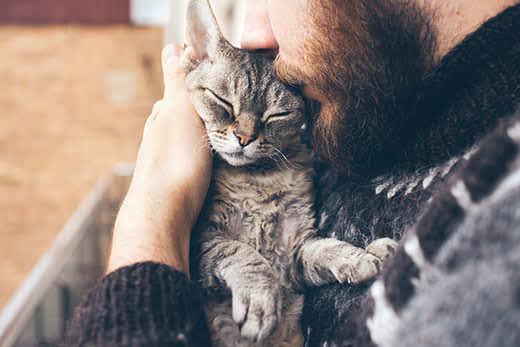
5. Provide Enrichment
One way pets release their anxiety is through destructive behaviour.
Boredom while home alone is a key trigger for this conduct in dogs, say animal behaviour researchers in the United Kingdom, not only because they miss their humans but also because they're frustrated. This frustration leads them to dig up or chew on anything available.Many cats are like this, too, and they might even act out their frustration on their human's couch fabric or a roll of toilet paper.
The best way to keep boredom at bay is with enrichment activities that engage your pet while you're gone. Playing music and pet-centric television shows can be comforting to animals, reducing their sense of loneliness. The Battersea Dogs Home recommends dog enrichment toys like snuffle mats, treat balls and search games to give dogs an appropriate outlet for their mental energy.You could also fill a shallow container (a small pool or storage bin) to create a ball pit!You can keep your cat busy with food puzzles to satisfy their curiosity, catnip toys for prey or even apps to engage their hunting instinct (they love chasing around electronic fish).
Pet parents and pets will require time and patience during this adjustment period. But by using best practices regarding how to stop pet separation anxiety, staying tuned in to your furry friend's needs and showing them lots of love, you can make the transition back into a "normal" schedule a whole lot easier.


Christine O'Brien is a writer, mom, and long-time cat parent whose two Russian Blues rule the house. Her work also appears in Care.com, What to Expect, and Fit Pregnancy, where she writes about pets, pregnancy, and family life. Find and follow her on Instagram and Twitter @brovelliobrien.
Related products

Tender chicken chunks in gravy for mature adult cats. Made with easy-to-digest ingredients, high-quality protein for lean muscle maintenance and antioxidant vitamins C+E for optimal health.

Tender chunks in gravy for cats, with high-quality protein to maintain lean muscle. With vitamin E and omega-3s & -6s for healthy skin and balanced minerals to support healthy vital organs.
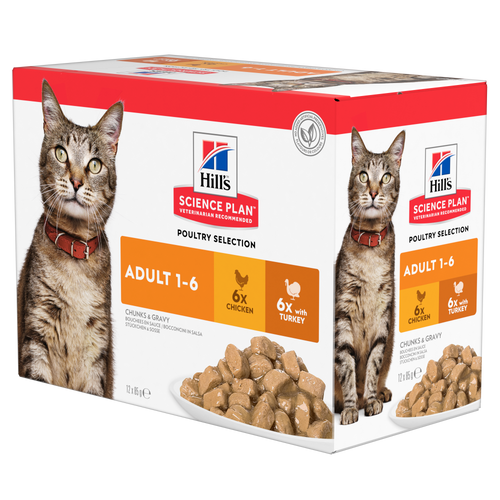

Tender chicken chunks in gravy for cats, with L-carnitine and fewer calories for ideal weight management. Packed with high-quality protein, omega-6s, and vitamin E for shiny fur and healthy skin.
Related articles

Discover tips for mixing wet and dry pet food to ensure balanced nutrition and variety for your pet. For comprehensive feeding advice, visit Hill's Pet UK.
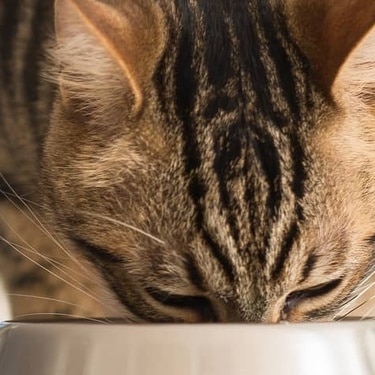
Learn how to determine how many calories your dog or cat needs each day, as well as how to count their calories and what to do if they're getting too many.
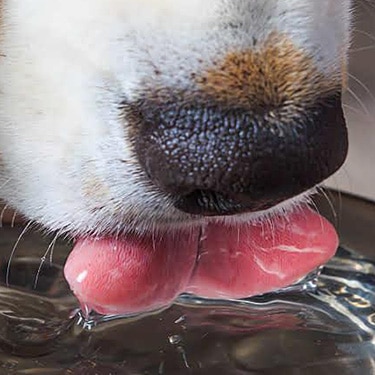
Ensure your pet's hydration with our owner's guide to safe water sources for pets. For detailed tips on maintaining your pet's health, visit Hill's Pet UK.
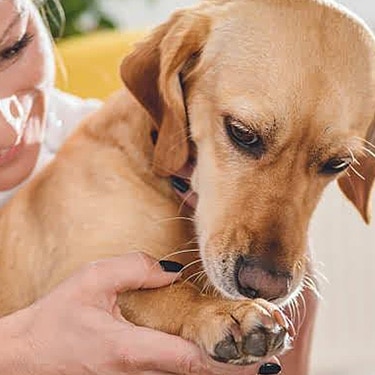
Learn the ins and outs of a televet appointment before you talk to a vet online.
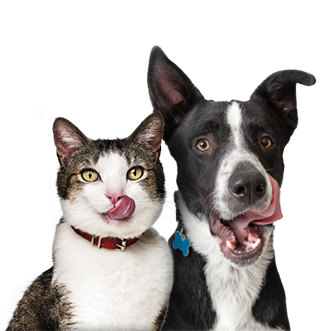
Put your pet on a diet without them knowing
Our low calorie formula helps you control your pet's weight. It's packed with high-quality protein for building lean muscles, and made with purposeful ingredients for a flavourful, nutritious meal. Clinically proven antioxidants, Vitamin C+E, help promote a healthy immune system.
Put your pet on a diet without them knowing
Our low calorie formula helps you control your pet's weight. It's packed with high-quality protein for building lean muscles, and made with purposeful ingredients for a flavourful, nutritious meal. Clinically proven antioxidants, Vitamin C+E, help promote a healthy immune system.

